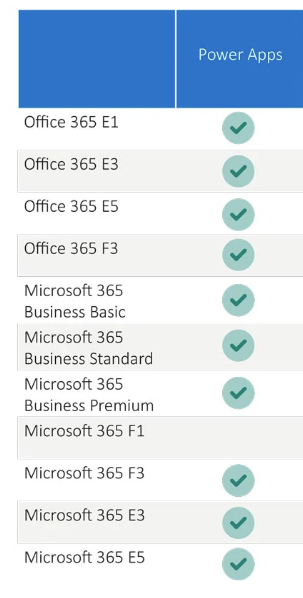We need to talk about... Power Platform Release Wave 2 2022... Power Virtual Agents
- Graeme Donnell

- Oct 6, 2022
- 3 min read
Next in my blog series on Release Wave 2 updates for 2022 is the Power Platform - Power Virtual Agents.
The Dynamics 365 Release Wave 2 for 2022 outlines all the new features that will be released between October 2022 through March 2023. You can either browse the release plan online or download the document as a PDF file. The PDF file also includes information about Power Apps, Power Automate, Power BI, Power Pages, Power Virtual Agents, Microsoft Dataverse, Microsoft Power Platform governance and administration, and data integration.
The Microsoft Power Platform features coming in the 2022 release wave 2 have been summarized in a separate release plan as well as a downloadable PDF.
The focus areas for this wave in terms of Power Apps are:
Bot configuration - Bots can now be configured to suit the individual needs of an organization and to provide further extensibility with other services and features. This includes new authentication provider support and the use of the Microsoft Bot Framework skills to augment the bot’s capabilities, integration with Microsoft Teams, Facebook, and other channels.
Core authoring - As mentioned in a number of Power Platform based updates, Core Authoring has been released generally across a number of applications. Within Power Virtual Agents the creation a bot with Power Virtual Agents is easy to do with the no-code authoring canvas, and there are several ways you can manage how topics interact, how you want the conversation to flow, and what it should feel like, all capable with other users are concurrently editing the same bot.
Trigger bot topics by events
Until this release triggering Power Virtual Agents were based solely on trigger phases or via fixed response selected by the end user. Power Virtual Agents Bots will now have a powerful extension allowing bot authors to add logic at key stages within the bot journey, such as when a message is received and sent.
A topic can now be triggered by events, enabling an author to leverage connectors, Power FX expressions or any other node type, ensuring dynamics actions can take place.

Notify Teams users about query updates
The ability to send proactive messages from a bot to users in a Teams chat by using a Power Automate workflow has been added.
Main use cases for this would be, a bot user might ask the bot... "Has my case been resolved?"... to which the bot could answer No.
Now, instead of the user having to ask the question again every day, you can create a Power Automate flow that notifies the user that the response to their question has changed, and what the new response is.
Use Adaptive Cards in Power Virtual Agents
In this release authors can create actionable and interactive rich media content using adaptive cards.
Cards display Power Virtual Agents conversational experiences and engagements that require the bot user to interact with them, update data, manipulate content, fill a form, whatever the case may be.
Authors can select from a set of pre-built Adaptive Card templates in Power Virtual Agents and fill them in with their data.

Use list variables and looping in conversations
Bot creators can now become Topic authors and re-use a list of variables to take array outputs from Power Automate and Bot Framework skills and present them as a list of choices in a bot question.
Looping enables a group of nodes on a topic to be repeated until a condition (expressed through Power FX) is met, which means repeating actions can be easily created within bot conversations.

Hope you all enjoyed this post on the Release Wave 2 plans for 2022 for D365 for Power Apps. I will continue this series with some additional content specifically related to Power Automate and Power Virtual Agents. Take Care, Speak Soon!




Comments